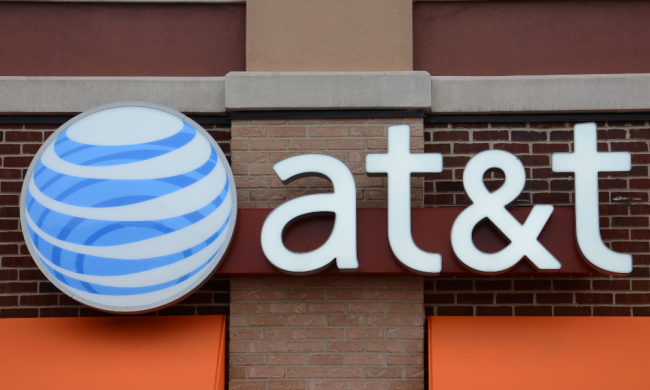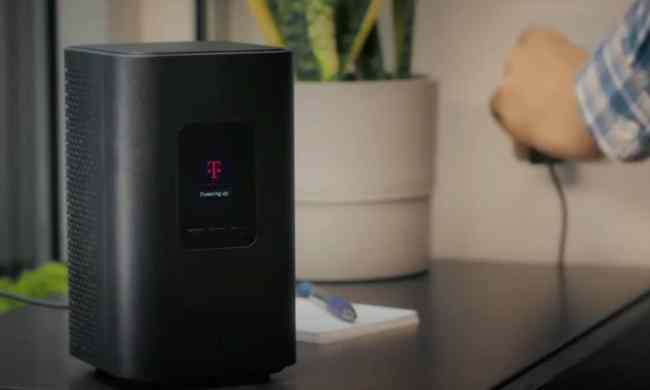India’s road to 5G adoption has had its fair share of hiccups, and it seems there will be a few bumps along the journey before there is finally light at the end of the tunnel. The Department of Telecommunications in India has extended the 5G trial period of telecom companies Reliance Jio, Bharti Airtel, and Vodafone Idea by six months, which means that the 5G spectrum auction that was supposed to take place in the first quarter of 2022 will now take place in the second half of 2022.
The 5G spectrum auction was first expected to be held in November 2021. It was then rumored to be pushed back to the first quarter of 2022, and now the latest delay has moved it back another six months. The simple reason for the delay is that there is still a lot of test driving to be done before actual implementation of 5G, according to a report by Economic Times. Telecom companies are expected to conduct trials not only in urban settings, but also rural areas, which is no child’s play when it comes to India.
There are a few other roadblocks as well. For one, the Telecom Regulatory Authority of India (TRAI) is yet to give recommendation on a number of bands, including the 700 MHz, 3.3GHz-3.6GHz, and millimeter-wave band 24.25GHz to 28.5GHz. Moreover, the average size of spectrum required, which is 100MHz in the 3.3GHz-3.6 GHz band, is priced at 500 billion Indian rupees (approximately more than $7 billion). Secondly, part of the 3.3GHz-3.6GHz band is held by India’s Ministry of Defense and the Indian Space Research Organization, which has to be vacated. Considering all this, we could see spectrum auctions begin sometime around May 2020.
The 5G network at its peak should bring roughly tenfold improvements in speeds to the Indian user. However, it should be noted that a considerable part of the Indian populace still doesn’t have good access to 4G LTE speeds. This is starting to pose a problem as smartphone brands in India are already hopping on to the 5G bandwagon even though the network doesn’t exist yet. That means Indian consumers are currently paying a premium for 5G phones they can’t even take full advantage of.



